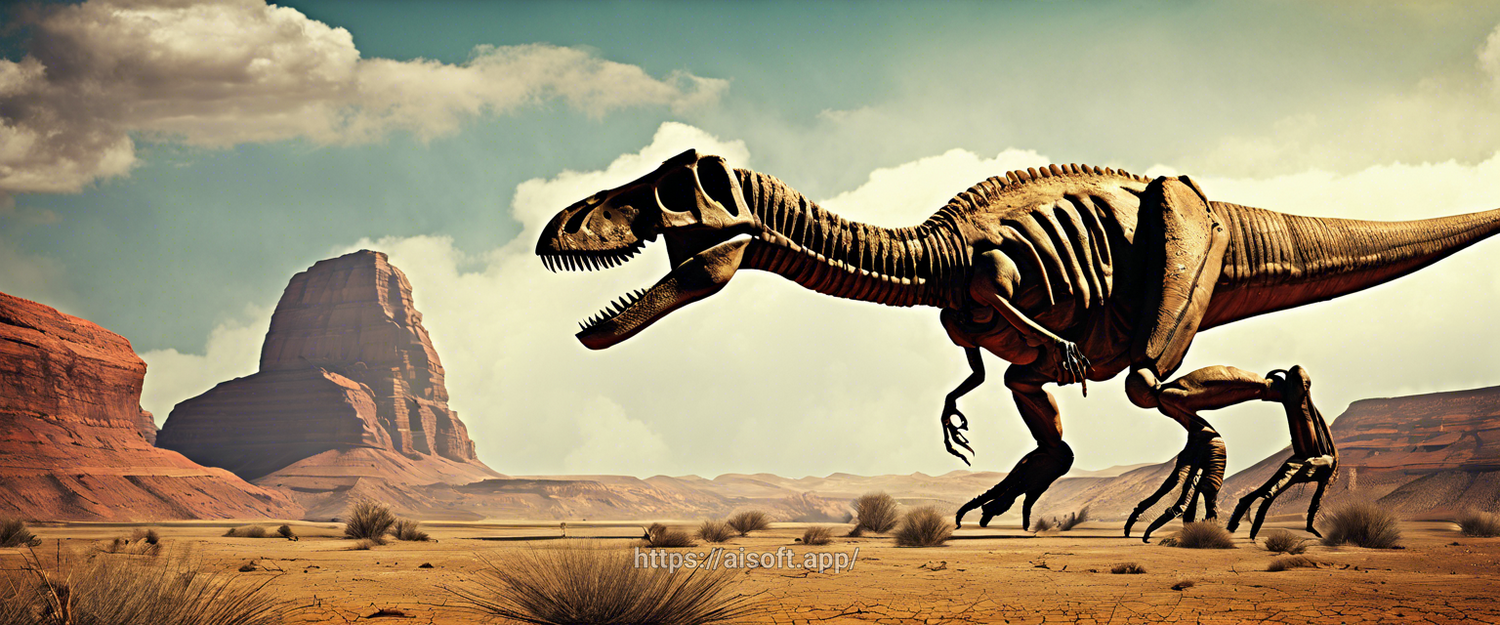The Bitter Feud at the Heart of the Paleontology World
In the world of paleontology, where the study of ancient life unfolds through bones and fossils, a significant feud has emerged that highlights not only scientific differences but also personal rivalries. This controversy encapsulates the idea that the paleontological field can be particularly demanding and, at times, unforgiving.
Understanding Bone Narratives vs. Chemical Analysis
Two prominent figures, During and DePalma, embody this clash of perspectives when it comes to interpreting bones. While During approaches paleontology as a scientist focused on the geological and chemical aspects of fossils, seeking to extract data and understanding from the chemical matrix they represent, DePalma takes a more narrative-focused view.
The Chemical Matrix: A Scientific Inquiry
During's method is analytical, rooted in the scientific method's principles, emphasizing laboratory investigations and obtaining quantitative data from bones. Her work revolves around uncovering the chemical signatures within the fossils, which can illuminate various aspects such as ancient environments and the biological characteristics of the organisms.
The Narrative of Bones: Storytelling in Paleontology
In contrast, DePalma sees bones as part of larger narratives, rich with stories about the past that go beyond mere chemical analysis. His work involves weaving tales of prehistoric life, focusing on the relationships between species and their environments, advocating that an understanding of paleontology should also include the stories written in these ancient remains.
Implications of the Feud
This disagreement raises critical questions about the approaches to research and interpretation in paleontology. What matters more: the hard data from chemical analyses or the narratives that bones can tell? This feud doesn’t just stall scientific advancement; it reflects a deeper cultural division within the scientific community concerning methodology, authenticity, and interpretation.
Impact on Scientific Collaboration
Such conflicts can hinder collaboration among scientists, as personal grudges sometimes overshadow the pursuit of knowledge. The division between data-driven and narrative-driven approaches can create barriers, making it challenging for the paleontological community to unite in its quest for understanding ancient life.
Conclusion: Bridging the Divide
To foster progress in paleontology, it is crucial for scientists like During and DePalma to find a middle ground. Integrating rigorous scientific methods with engaging narratives can lead to a more well-rounded understanding of the past. Both perspectives provide value, and by bridging the divide between chemical analysis and storytelling, the community can move towards a more comprehensive view of ancient ecosystems.
What Does This Mean for Future Research?
Future research in paleontology stands to benefit from appreciating the complexities of both methods. As the field continues to evolve, fostering relationships among scientists and valuing diverse approaches will be essential. With modern technology allowing for more nuanced analyses and storytelling techniques, paleontology can offer enriched narratives about life on Earth millions of years ago.
For a deeper dive into the dynamics of paleontology, check out related articles on methodologies in scientific research and the importance of storytelling in scientific communication.
Sources: Intelligencer



اترك تعليقًا
تخضع جميع التعليقات للإشراف قبل نشرها.
This site is protected by hCaptcha and the hCaptcha Privacy Policy and Terms of Service apply.